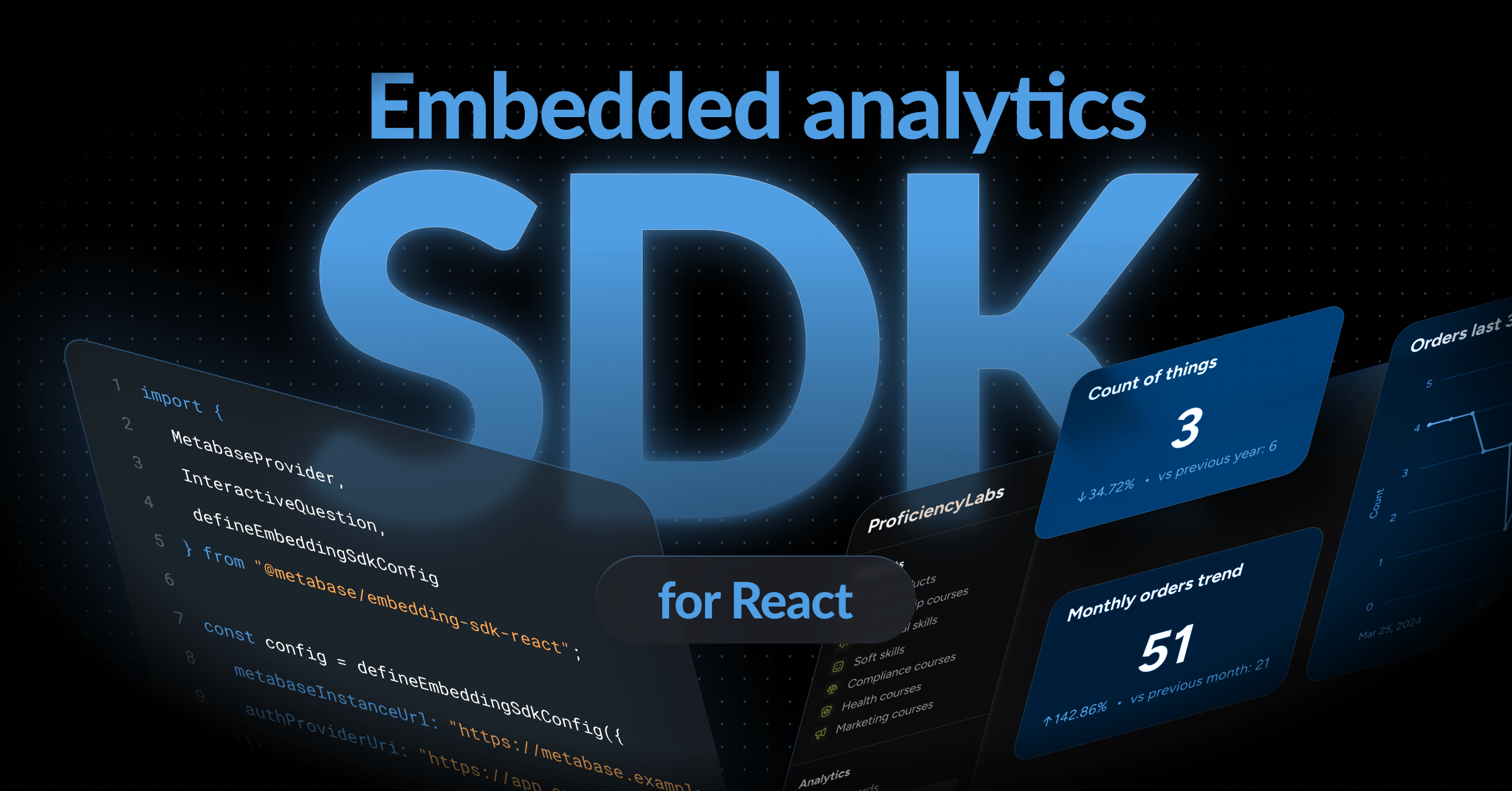When you’re working at a company that has micro-networks (like different markets for something like Uber), a referral program might be the best growth channel.
What is K-factor?
The key metric, in this case, is what’s known as a K-factor - the average amount of invites sent by a user times the conversion rate from those invites. If it’s 1.2 - you can read it as “every 10 users we’ve acquired will bring us 12 more people”.
What’s usually missing from the equation is that your K-factor depends on the number of users in each one of your micro-networks.
The hypothesis here is that if a user doesn’t see their friends using your product - they’re less likely to recommend it due to the lack of social proof.
Predict your product virality based on the K-factor historical data
To validate it, you can analyze the historical data to see if the K-factor was different at any given moment in the past with a user base equals X. What you’d usually see is the curve that’s skyrocketing to the top right corner and then hits a plateau and stays on the same level despite the growth of a userbase.
If you do see this trend among different micro-networks, it probably means that you have some kind of a critical mass of users you need to hit on a given market before your referral program kicks in.
Therefore, if your acquisition activities don’t work that well at the beginning, you can think about them as the fuel needed to get a solid user base and get much better unit economics with the referral program once you hit that critical mass of users.




